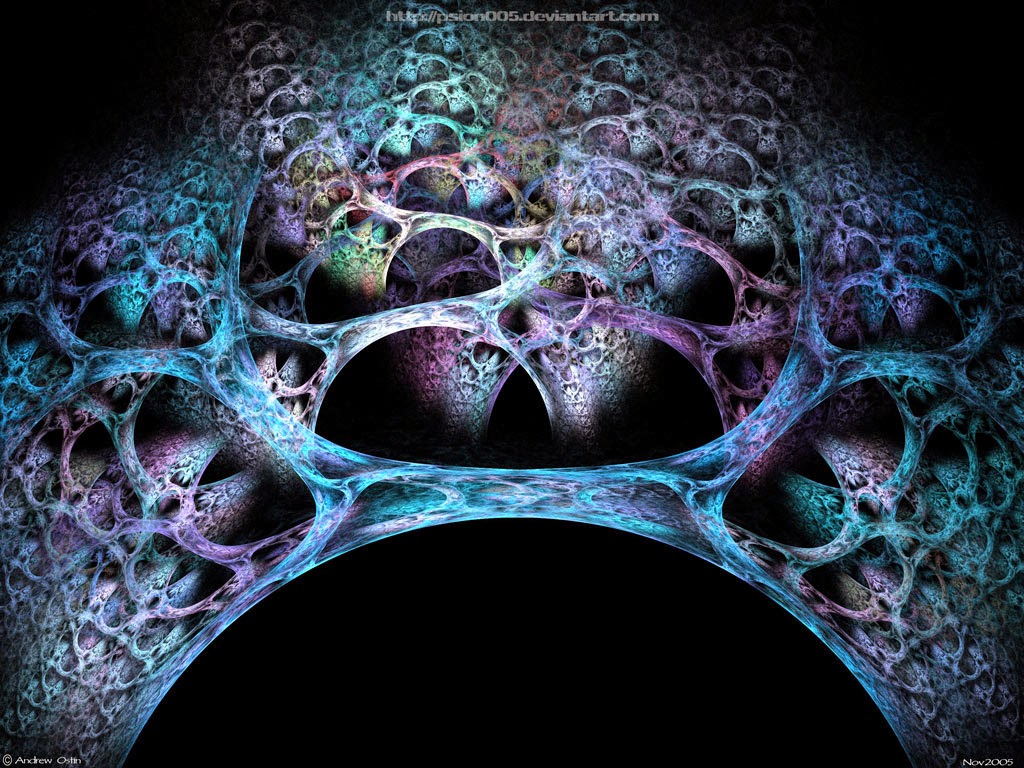 |
| The 'Neural Net' will be the platform of the future |
Since 2009, I have seen and digested the entire Ghost In the Shell (GITS) offering; the 3 movies and the 40 odd episodes that make up the 2 series. Nothing has changed, one tattoo and one massive life transition later, I find myself wondering why so few people share my secret: almost everything around us, not just technology but society at large, can be extrapolated from this ‘animated essay’.
Here are a few of the essential concepts from GITS that I have used to know what the future (and the evolving present) holds:
1. The neural network - the Net
Neural pathways and the network of knowledge we create from birth to death are a mystery. We have yet to understand what consciousness is.
This does not prevent us from being able to model knowledge and create silicon based networks (graphene and plastic even) that mimic real life social interaction. My definition of a neural network is a self-aware and dynamic network of information and memory.
In GITS, the human mind is 90% cyberized. If you find this disturbing, consider the extent to which your essential brain functions are either used up by or being ‘transmitted’ onto a computer based platform. The knowledge worker responds to a digital terminal for the majority of his/her work. He adds to this digital repository and derives his/her livelihood from it. We communicate, therefore we live. The machine we hold in our hands or nest in our laps is eventually going to make its way directly in our brains; it is only logical that this be so.
In this transition lies an important variable: the Interface (an area I intend to cover in a separate document). The touch screen, the keyboard, the voice app are all interfaces. They feel highly personalized but are not yet virtual. We still touch, feel and grope our devices.
The interface of the future will reside in our senses and be hard-wired onto our brain. It will not just be intuitive, it will be part of the actual thought process.
Whatever neural networks currently exist, they will migrate to the Net. We will all be connected, all the time. Its an exciting possibility not merely because of what it offers, but what it gets rid of: barriers to knowledge. The only barriers that will exist are those enforced by regulation and judicial power. Unlike today, the flow of knowledge will not (I hope) be controlled by physical and proprietary tools.
As is made clear in the premise of GITS, this neural network, of a global connected Net, will eventually (in a moment of artistic license with sound logic) create an altogether evolved form of intelligence. At the time of its creation, the Singularity theory had not created as many waves. Given its theoretical and highly abstract real life computing application, I prefer to follow the model argued by Roger Penrose (in ‘The Emperor’s new mind’); AI cannot emerge from algorithmic environments. The Net of the future will only become self-aware to the extent that an individual (community, tribe) is able to live, think and operate within an entirely virtual domain. This would still need input from the rest of the network, and its ability to think and act ‘conscious’ is still a transposed ability, not a unique creation. It is the only area that my view differs with that of Shirow (and Koestler).
In essence, the neural network in GITS is the existence of a Net that uses human knowledge and direct input from users in real time. It is not directly related to current neural network theories, yet it can be a very close proxy for what they hope to achieve.
I once wrote that the time was nigh for us to be able to ‘Google each other’s brains’. The Net would be just that. And more. Whatever emergent phenomena it spawns will be our next ‘leap’.
(to be continued...)
No comments:
Post a Comment